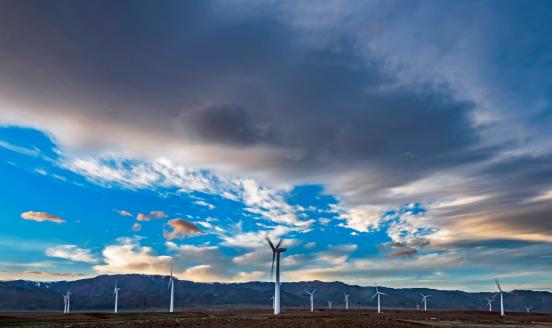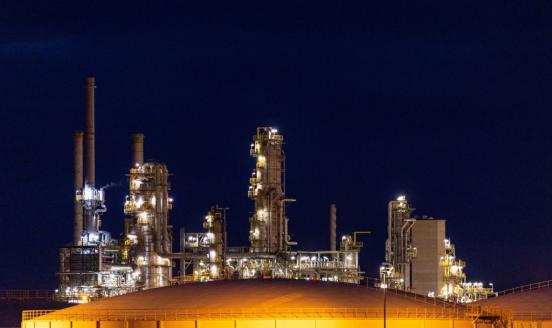Decarbonisation is no 100 metre race
In November 2012, the European Climate Commissioner made a proposal to stabilise the European Union’s emission trading system – a market for greenhous
Update: After the negative vote of the Industry, Research and Energy Committee of the European Parliament in January 2013, the Environment Committee will on February 19th 2013 have its vote on a proposal to stabilise the European Union’s emission trading system.
In November 2012, the European Climate Commissioner made a proposal to stabilise the European Union’s emission trading system – a market for greenhouse gas emission allowances that has been in place since 2005. Under the proposal, allowances worth six month of EU emissions (900 mn tonnes) would be temporarily taken out of the trading system, and sold in 2019 and 2020 rather than 2013-2015.
This “back-loading” is supposed to revamp carbon prices that dropped below €10 per tonne of carbon dioxide because of the accumulation of a large stock of excess allowances in the system. The excess results from unexpectedly low demand for allowances induced by the economic crisis, and from emission reductions incentivised by complementary policies on renewables and energy efficiency. That is, while demand for electricity and steel was significantly lower than expected during the recession, the remaining electricity generation from fossil fueled power stations was partly replaced by subsidised wind and solar plants. In addition, the carbon price has been depressed by more credits than expected from greenhouse-gas reduction projects outside Europe have been converted into EU emission allowances.
The rationale for “back-loading” is that it will push up the carbon price and provide incentives for market participants to continue to save on emissions. More importantly, a political commitment to revamp the carbon price is supposed to send a signal to all actors that the EU sticks to the emission trading system as the core pillar of its decarbonisation strategy.
What is worrying about this step is that it seeks to create credibility in a system by politically infringing into it. The emission trading system is enshrined in legislation that is very difficult to change and foresees a linear decline in carbon emissions even beyond 2050. Demonstrating that the system can be politically controlled might back-fire in the long term. Why should market-players that have to take investment decisions for forty or more years care about a price signal that can so easily be manipulated by a political decision in 2012?
Creating long-term credibility in a market in which supply and demand can be largely determined by policymakers is very difficult. But long-term credibility is essential to drive private investment into low-carbon technologies that will only pay back after decades.
One way this could be achieved is by exposing current and future climate policymakers to the risk they are creating for low-carbon investment. That is, if future policymakers decide to undermine the emission trading system, they will have to compensate companies that invested based on the claims made by policymakers today that the emission trading system is stable.
This could be organised in form of a private contract between low-carbon investors and the public sector. For example, a public bank could offer contracts that agree to pay in the future any positive difference between the actual carbon price and a target level. Low-carbon investors would bid to acquire such contracts to hedge their investments. This would produce three benefits: First, the public bank would be able to collect initial payments (a sort of option premium) and make a profit if a sufficiently tight climate policy is maintained. Second, the private investor significantly reduces its exposure to the – political – carbon market and hence accepts longer pay-back times for its investments. This would unlock long-term investments that are currently too risky. Third and most importantly, public budgets would be significantly exposed to the functioning of the emission trading system. If future climate policymakers take decisions that lead to increases in the number of available allowances, they might be called back by the treasuries as this would activate the guarantees pledged to investors.
Consequently, all actors – also investors not covered by the scheme – would know that there is money on the table. This would serve as a much stronger and hence more credible commitment device for preserving the integrity of the emission trading system.



